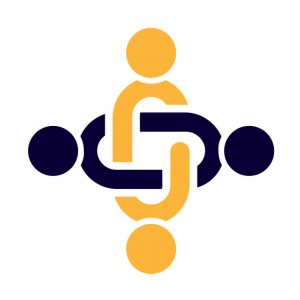5 Connecting Learners
Learners as co-creators
- Consider running a focus group in the design phase.
- Run a survey or focus group during the evaluation stage.
Engage with learners
- Solicit testimonials from learners and employers who find micro-credentials useful.
- Build learner case studies to use in marketing efforts.
Connect learners
- Encourage connections with past and future cohorts.
- Curate learnings from each cohort about the challenges, opportunities, and improvements of the micro- credential taken.
- Create working spaces (virtual or physical) for making connections.
Learners after the credential
- Share micro-credential to LinkedIn and other social media.
- Curate the presentation of the micro-credential record so they tell a story to employers who may not be familiar with the them.
Stories from practitioners: Badges and prior assessment of learning
PLAR/RPL (recognition of prior learning) practices include diagnostic and formative assessment, which can include self-assessment and peer assessment. With this in mind, some issuers are using selfie badges as a way to surface learning (Pakanen, 2021). This can be an entirely “build from scratch” approach, or learner claims of scaffolded badges saying, “I Did A Hard Thing,” where they justify it as they claim it as they would in a portfolio, or goals, even learning contracts (“I am learning about SDGs”). Or badges issued by peers (“You are a great colleague”). These are informal digital badges that can be part of a journey to a more formal micro-credential or be useful in themselves. – Don Presant
Case study: Read the article Micro-credentials as Evidence for College Readiness: Report of an NSF Workshop (Fishman et al., 2018), about a workshop conducted by the University of Michigan Faculty of Information and funded by the National Science Foundation. One of the goals of this workshop was to explore whether micro-credentials could serve as valid and reliable evidence of prior learning and future potential.
Stories from practitioners
Learners in a current learning situation could create a learner analysis artifact. This might allow for future connections in the workplace and for keeping abreast of the sphere of influence that the credential allowed. It’s a start to building incoming and outgoing pathways.
Use video of students’ lived experiences as part of the cohort introduction. These can be structured by the educator to support and validate the learning outcomes of the credential. Students can showcase incoming skills sets, and then vouch for the new competencies they acquired by achieving the micro-credential .
“E-folio” projects used as assessments can serve as a permanent record of students’ incoming competencies and the mastering of outgoing competences (content specific) for cross-institutional recognition. – Anonymous
Resources to support connecting with learners
Brieger, E., Arghode, V. & McLean G. (2020). Connecting theory and practice: reviewing six learning theories to inform online instruction. European Journal of Training and Development, 44(4/5) 321-229. https://doi.org/10.1108/EJTD-07-2019-0116
Gagné, R. M. (1970). The Conditions of Learning. 2nd edition. Holt, Rinehart and Winston.
Hunt, T., Carter, R., Zhang, L. & Yang, S. (2020). Micro-credentials: the potential of personalized professional development. Development and Leaning in Organizations, 34(2) 33-35. https://doi.org/10.1108/DLO-09-2019-0215
Texas Tech University (2017). ARCS Model of Motivation. http://www.tamus.edu/academic/wp-content/uploads/sites/24/2017/07/ARCS-Handout-v1.0.pdf

